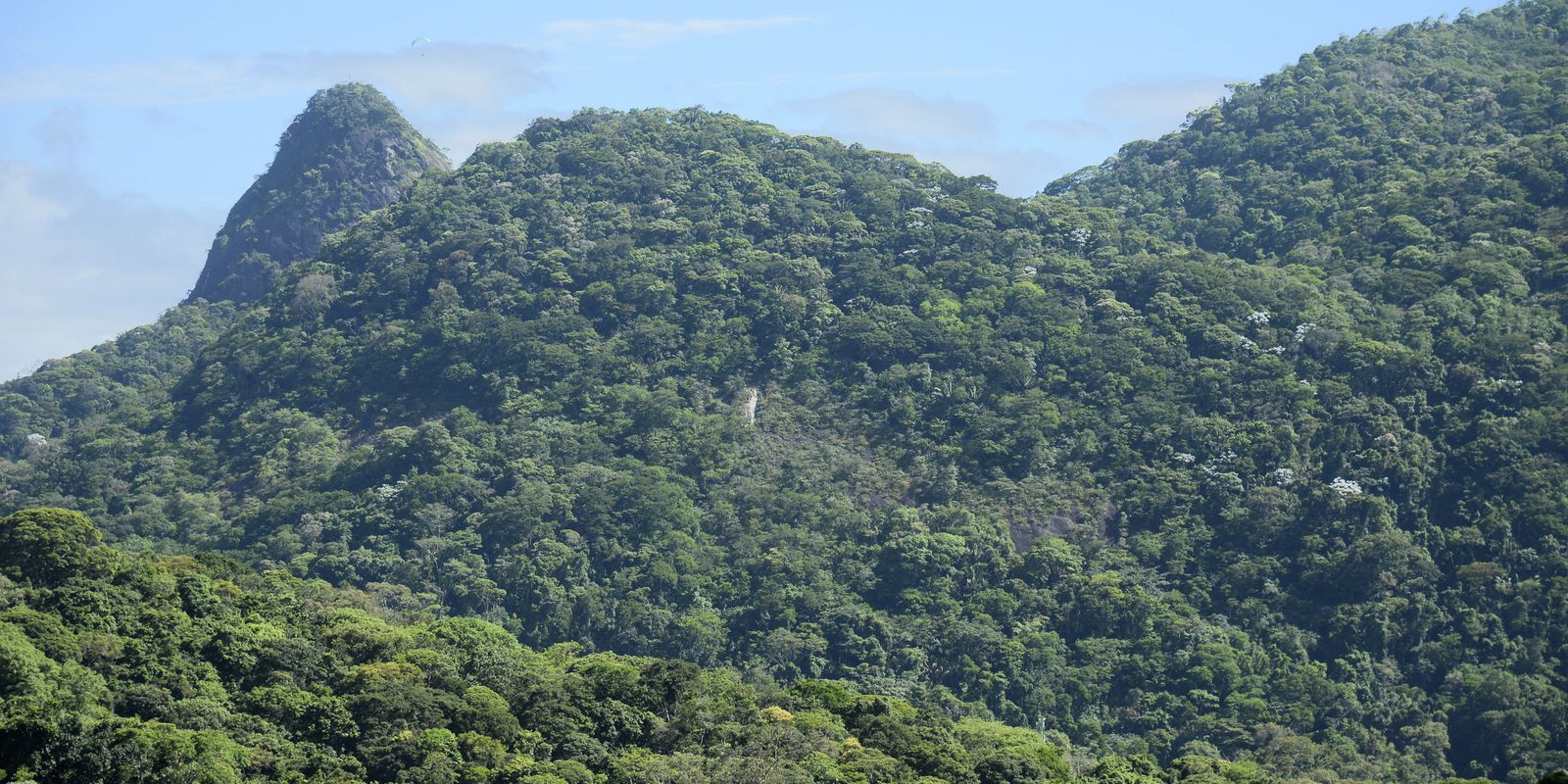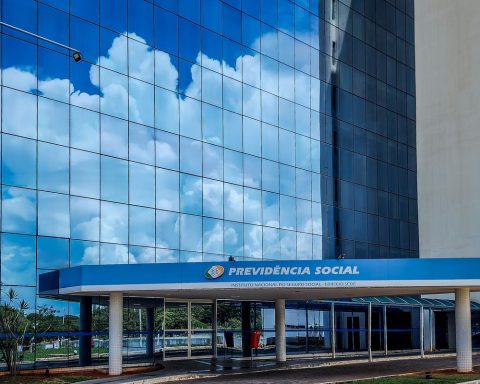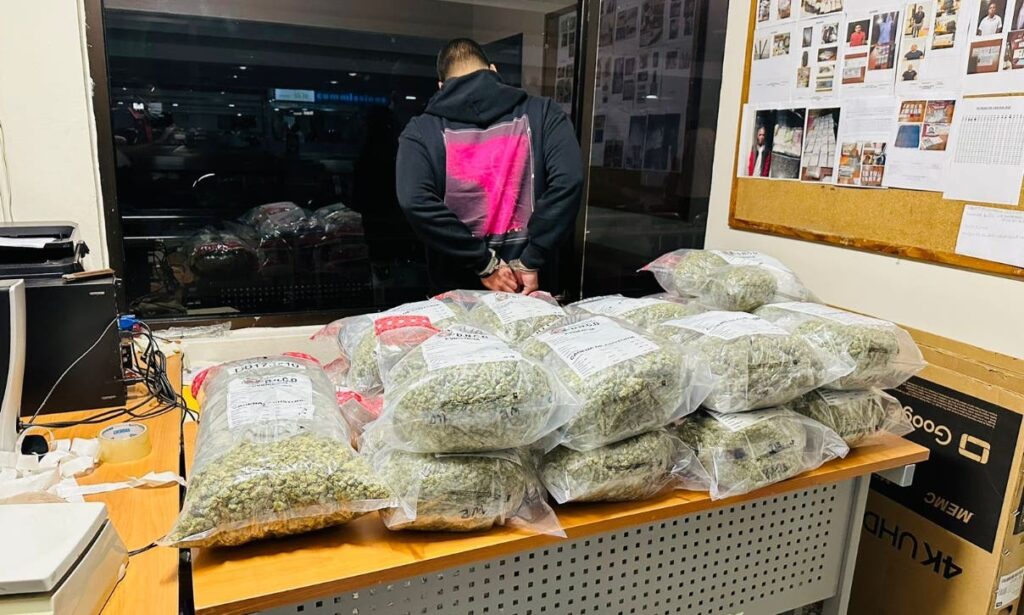The largest remnant of Atlantic Forest in the city of Rio de Janeiro, the Maciço da Pedra Branca urban forest was the area chosen for restoration by a project coordinated by the Oswaldo Cruz Foundation (Fiocruz). 6.7 hectares will be renovated, which is equivalent to almost six football fields.

The chosen region is home to the Fiocruz Mata Atlântica Campus, specifically in the area of Colônia Juliano Moreira, a former psychiatric hospital where the Bispo do Rosário Museum now operates.
According to Fiocruz Mata Atlântica, the project started this month, with a deadline for completion of five years. The financing came from a compensatory measure of the Conduct Adjustment Term signed with a marble factory that exploited the region, in a partnership between the State Public Ministry and Fiocruz Mata Atlântica.
Environmental impacts
According to the project coordinator and PhD in Plant Biology, Andrea Vanini, the compensatory measure is a penalty that seeks to reduce negative environmental impacts.
“In addition to the actions for planting and managing the Atlantic Forest, the project will offer courses on identifying native species, collecting forest seeds and producing seedlings for the community surrounding the Pedra Branca State Park”, he explained.
She also highlighted that, in the long term, the objective is to recover the area’s biodiversity. “The ecological restoration project will plant native species, thus increasing the richness of species with medicinal potential, fruit trees and unconventional food plants, in addition to contributing to the connectivity of forest fragments and to the conservation of native species of the Atlantic Forest. “.
forest matrices
According to Fiocruz, the goal is to increase the number of forest matrices, that is, healthy trees that will produce seeds of good origin and quality, without damage and with good germination power. They have been identified for more than 10 years at the Fiocruz Mata Atlântica Biological Station, aiming to increase the genetic variation of the seedlings produced, searching for endemic and endangered species.
“We are going to plant species like Crysophyllum imperiale, known as emperor fruit, so called because it was much appreciated by Emperors D. Pedro I and D. Pedro II, also known as Guapeva and Marmeleiro-do-Mato, and currently on the list of endangered species. The following will also be planted: cedar, brazilwood, jequitibá-açu, ipês and jussara palm, among other species, which are attractive to the native fauna”, said Vanini.
For her, “these trees provide the food that the animals need and which, in turn, depend on them to disperse seeds throughout the forest and thus conserve local biodiversity”.
The monitoring of the fauna in the forest areas already restored by Fiocruz pointed to the presence of anteaters, tapitis, possums and pacas, typical animals of the native fauna of the Atlantic Forest of Rio. The project coordinator for surveying and monitoring pathogens in wild and domestic animals at Fiocruz Mata Atlântica, Ricardo Moratelli, reinforced the importance of biodiversity conservation for health.
“Forests are home to a great diversity of species of animals, plants, fungi and microorganisms. Some of these microorganisms can circulate between animals and humans, eventually causing diseases in humans, called zoonoses. However, preserved forests, where animal populations are in balance , offer lower risks of transmission of zoonoses. Among the main human actions that lead to an increase in the incidence of zoonoses of wild origin, we can mention deforestation and the fragmentation of natural environments. Today, we already know that deforestation can lead to an increased risk of transmission of malaria, leishmaniasis, Chagas disease and yellow fever, to name just a few known examples”, he concluded.
*Intern under the supervision of Akemi Nitahara

















